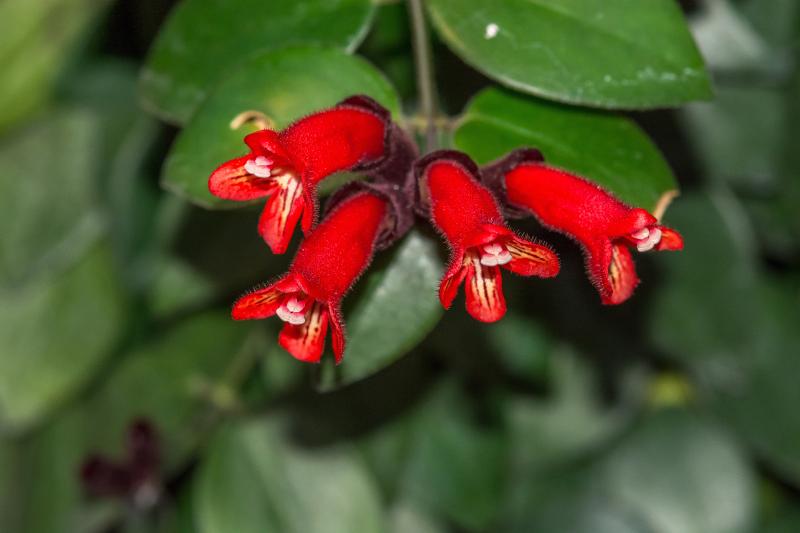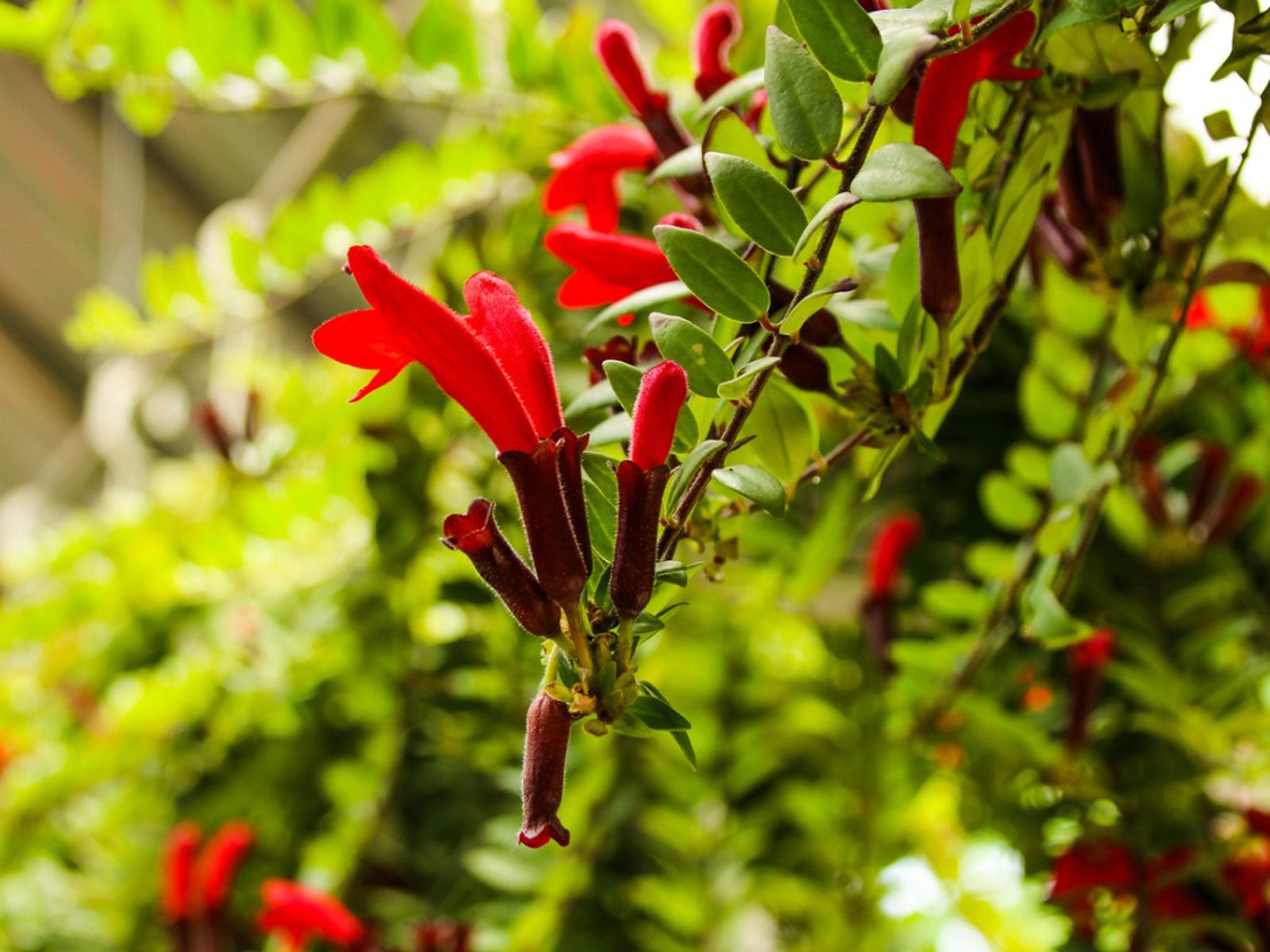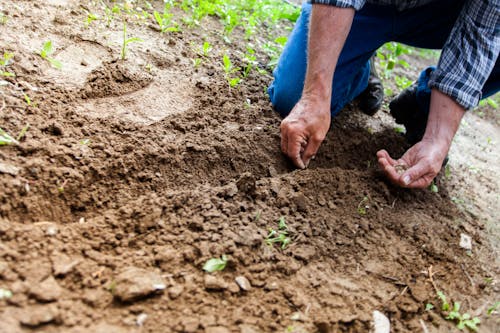The Ultimate Guide to Lipstick Plants: Cultivating Beauty and Elegance
Introducing the lipstick plant, a charming addition to any indoor garden. With its vibrant blooms and lush foliage, this tropical beauty adds a touch of elegance to your home decor. In this comprehensive guide, we’ll delve into everything you need to know about cultivating and caring for lipstick plants, from selecting the perfect specimen to troubleshooting common issues.
Introduction
:max_bytes(150000):strip_icc()/lipstick-plant-care-5083734-2-0112a9f6ce7f453592e59fc095949cbe.jpg)
Lipstick plants, formally known as Aeschynanthus radicans, are adored for their stunning tubular blossoms that resemble little tubes of lipstick. Native to the rainforests of Southeast Asia, these epiphytic plants thrive in warm, humid environments and make excellent houseplants. Let’s explore the world of lipstick plants and learn how to grow and care for these botanical treasures.
Understanding Lipstick Plants
Before diving into care tips, let’s familiarize ourselves with the key characteristics of lipstick plants:
- Botanical Features: Lipstick plants are characterized by their glossy, lance-shaped leaves and vibrant red, orange, or pink flowers that emerge from dark green bracts.
- Light Requirements: These tropical plants prefer bright, indirect light but can tolerate lower light conditions. Avoid exposing them to direct sunlight, which can burn their fragile leaves.
- Watering Needs: Maintain consistently moist soil during the growing season, but allow the top inch of soil to dry out between waterings to prevent root rot.
- Humidity and Temperature: Lipstick plants thrive in high-humidity environments and prefer temperatures between 65°F and 80°F (18°C to 27°C). Provide adequate humidity by misting the foliage regularly or placing a humidifier nearby.
Selecting the Perfect Lipstick Plant
When choosing a lipstick plant for your home, consider the following factors:
- Plant Size: Select a specimen that fits your available space, whether you prefer a compact tabletop variety or a trailing vine.
- Health and Vigor: Choose a plant with healthy foliage and no signs of pests or disease. Inspect the leaves for discoloration, spots, or wilting, which may indicate underlying issues.
- Flower Color: Lipstick plants are available in a variety of colors, including red, orange, pink, and even purple. Choose a color that complements your aesthetic preferences and home decor.
Lipstick Plant Care Tips
Soil and Potting:

Use a well-draining potting mix formulated for tropical plants, such as a blend of peat moss, perlite, and orchid bark. Repot your lipstick plant every 1-2 years to renew the soil and allow for development.
Light and Location:
Place your lipstick plant in a bright, indirectly lit area, such as near a north- or east-facing window. Avoid placing them in drafty locations or areas with temperature fluctuations.
Watering and Humidity:
Water your lipstick plant thoroughly when the top inch of soil feels dry to the touch. Avoid overwatering, which can cause root rot. Increase humidity levels by misting the foliage or placing a tray of pebbles filled with water beneath the plant.
Fertilization:
During the growth season, feed your lipstick plant once every 2-4 weeks with a balanced liquid fertilizer diluted to half strength. Reduce fertilization frequency during the winter months when growth slows down.
Troubleshooting Common Issues
Yellowing Leaves:
Yellowing leaves might suggest overwatering, underwatering, or nutritional deficiency. Adjust your watering schedule and ensure proper drainage to prevent waterlogged soil.
Dropping Flowers:
Flower drops can occur due to environmental stress, such as temperature fluctuations or low humidity. Maintain stable growing conditions and provide adequate humidity to prevent flower loss.
Pest Infestations:
Common pests that may affect lipstick plants include spider mites, aphids, and mealybugs. Treat infestations promptly with insecticidal soap or neem oil, and isolate affected plants to prevent spread.
Conclusion
Lipstick plants are stunning additions to any indoor garden, offering vibrant blooms and lush foliage to brighten your home. By following these care tips and guidelines, you can cultivate healthy, thriving lipstick plants and enjoy their beauty for years to come.
FAQs
- How Often Should I Water My Lipstick Plant? Water your lipstick plant when the top inch of soil feels dry to the touch, typically every 1-2 weeks during the growing season.
- Can I propagate lipstick plants from cuttings? Yes, lipstick plants can be propagated from stem cuttings. Simply cut a 4-6-inch section of stem below a leaf node, remove the lower leaves, and place the cutting in a pot with moist soil.
- Do lipstick plants require pruning? Pruning helps promote bushier growth and removes any dead or leggy stems. Trim back overgrown or damaged foliage using clean, sharp scissors or pruning shears.
- Why is my lipstick plant not flowering? Flowering may be inhibited by inadequate light, improper watering, or environmental stress. Ensure your plant receives sufficient light and consistent care to encourage blooming.
- Are lipstick plants toxic to pets? Lipstick plants are non-toxic to cats and dogs, making them safe additions to pet-friendly households.
- How Can I Encourage More Flowers on My Lipstick Plant? Provide optimal growing conditions, including bright, indirect light, consistent watering, and regular fertilization, to encourage abundant flowering.



